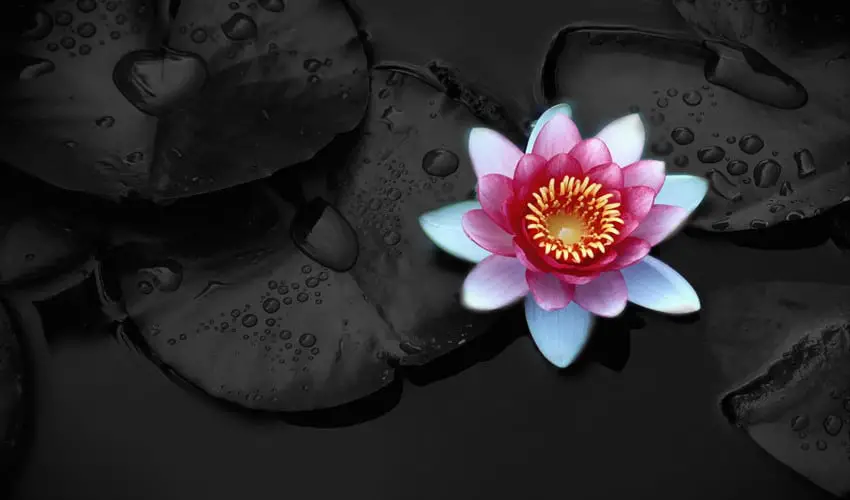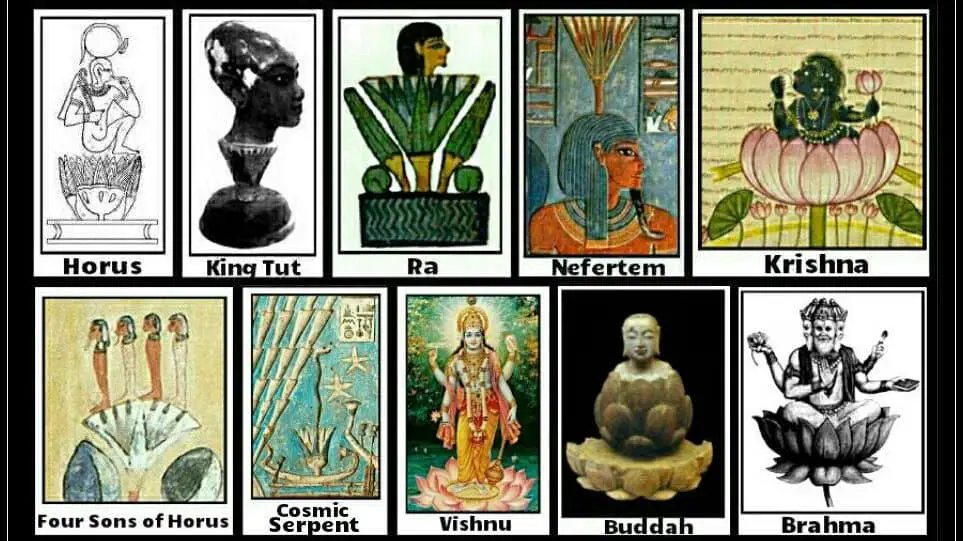The Lotus Flower is a symbol of great importance and historical significance, which is valuable in how we live our life, understand our purpose, and know which path to follow.
However, there is much more to this iconic flower than meets the eye.
There is a lot to learn from the ancient symbol, and in life, once we start to feel drawn to something, we tend to see this more and more everywhere we turn (without even trying). Some may call this a sign; some may say this is a calling, others say it’s random. – the answer is up to you.
This magical and perfectly formed flower is more than just a beauty to witness in nature. Still, its roots are much more profound than you might once have thought, with the flower being incredibly tied into spirituality, enlightenment, and the circle of life, which many of us can relate to on many levels.
No matter what stage of our journey we are in, the Lotus Flower can teach us a great deal about choosing different paths, deciding to live a more healing life, or tapping into a deeper understanding of yourself.
If you’ve seen Lotus Flowers or its symbol occurring more in your daily life or perhaps have had dreams in which you have come to see this symbolic flower, then this will be of great interest to you. So, let us delve right into the origin of the Lotus Flower and all the significant aspects that go along with it, and let us see where this takes you in life.
The Origin of the Lotus Flower
The Lotus Flower goes by a few other names, such as The Lotus Blossom, the Indian Lotus, the Sacred Lotus, and its binomial name – Nelumbo Nucifera. But there is so much to this flower than its name.
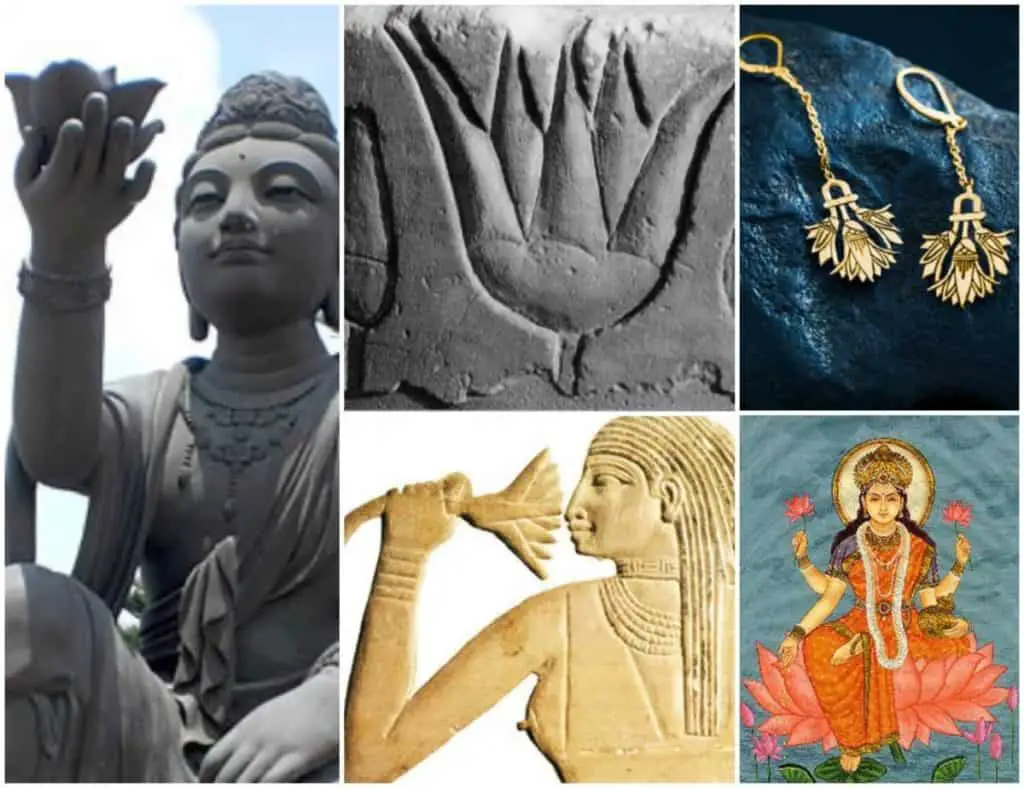
The water-based lotus flower has been adopted by many countries, most notably Vietnam and India, as their national flower, as the symbol of purity and rebirth. The lotus flower has been captivating humans for thousands of years – originating at a time when people had a deeper connection to the cosmos, themselves, and to nature.
Lotus’s grow in dirty water, murky swamps, and slow-flowing river deltas, and have been doing so for millennia. Despite their “ugly” origin (muck) the lotus flower blooms into one of the most stunningly beautiful flowers on the planet. How can something so inspiring come from an origin so dark? It is this perspective on the life cycle of the lotus flower that very well may have started the captivation and symbolism of the lotus flower in ancient times.
Is this something we can learn from today?
Many cultures have learned about the significance of this pure flower, and the symbol has been depicted in Ancient Egyptian hieroglyphics dating back to 1,352 BC.
At the same time, the flower has also been mentioned various times in the ancient Vedas (the oldest Sanskrit literature and the origin of Hinduism). With vast ancient origins, it’s intriguing to delve into the source of this flower. Ancient Egyptian and Hinduism (which were far apart from each other) had the same attraction and fascination with this iconic symbol.
Lotus Flower Symbolism and Spiritual Meaning Across Cultures
Not only is the lotus related to the ancient Egyptians, Mayans, Buddhism and Hinduism, but it also appeared in ancient Chinese culture. While the Ancient Egyptians saw the Lotus Flower as a form of creation, rebirth, fertility, power, and strength, in Ancient Greece, the flower was a sign of purity and innocence; in Ancient Chinese culture, it represented royalty and integrity, and to Buddhists and Hindus, it was a sign of fortune, rebirth, sanity, and purity.
But in every culture, the lotus is an overall sign of positive energy, good vibes, and good health.
Over the years, there have been a lot of associations with this thought-provoking flow, with remnants of lotus flowers having been found in ancient Egyptian tombs, depictions of Buddha sitting on top of the lotus flower, portraits of Chinese Kings and Queens holding the flower, as well as many Hindu Gods being depicted with the Lotus in various artworks.
It is incredible how all of these cultures have come to know the power of the Lotus Flower, and to this day, we can still see this symbol all over the world as a symbol of spirituality, beauty, calmness, peace, reincarnation, and rebirth. A sign of flourishing.
The Lotus Flower Origin and Meaning in Hinduism
Hinduism is the world’s oldest religion. Many Hindu Gods such as Lakshmi, Vishnu, and Brahma have been associated with the Lotus Flower due to its purity and all-around divinity.
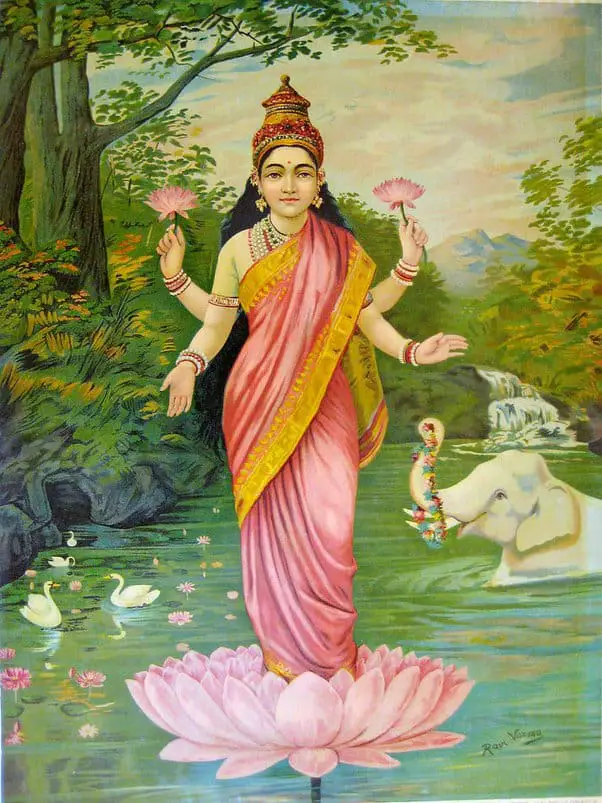
Hindus believe the lotus flower is the symbol of life, and within each of us, there is a lotus flower awaiting to bloom. The lotus flower is often offered up in Hindu rituals, and according to the Veda scripts, it is said that Brahma was born from the lotus flower, which stemmed from Vishnu’s navel. To this day, the symbol is as popular as ever in the Hindu religion.
The Lotus Flower Origin and Meaning in Buddhism
According to Buddhist beliefs, the Lotus Flower represents spiritual awakening, given that this flower emerges from muddy waters and from dark beginnings, to slowly open up to the world. As the lotus blooms it’s pedals start slowly letting light in, and in turn, they bloom becoming colorful, beautiful and widely regarded as sacred.
Buddhists firmly live by the idea that
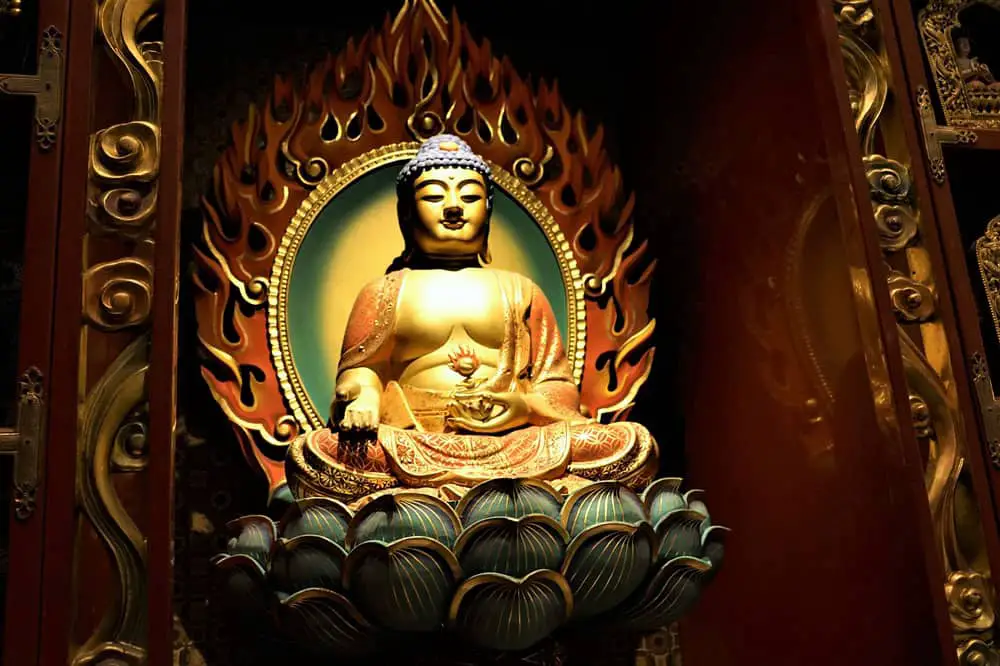
“no matter what challenges you may face, you can always grow and become wiser and more connected despite what is behind you.”
As the Lotus Sutras stated in their ancient dialogues, a Lotus Flower would bloom wherever the baby Buddha would step, signifying growth and the path to enlightenment, which is still taught today.
History Of the Lotus Flower in Ancient Egypt
The Lotus Flower was popular in Ancient Egypt because it was a symbol of resurrection and was commonly found in tombs, most notably of the Great Pharaoh, King Ramses II.
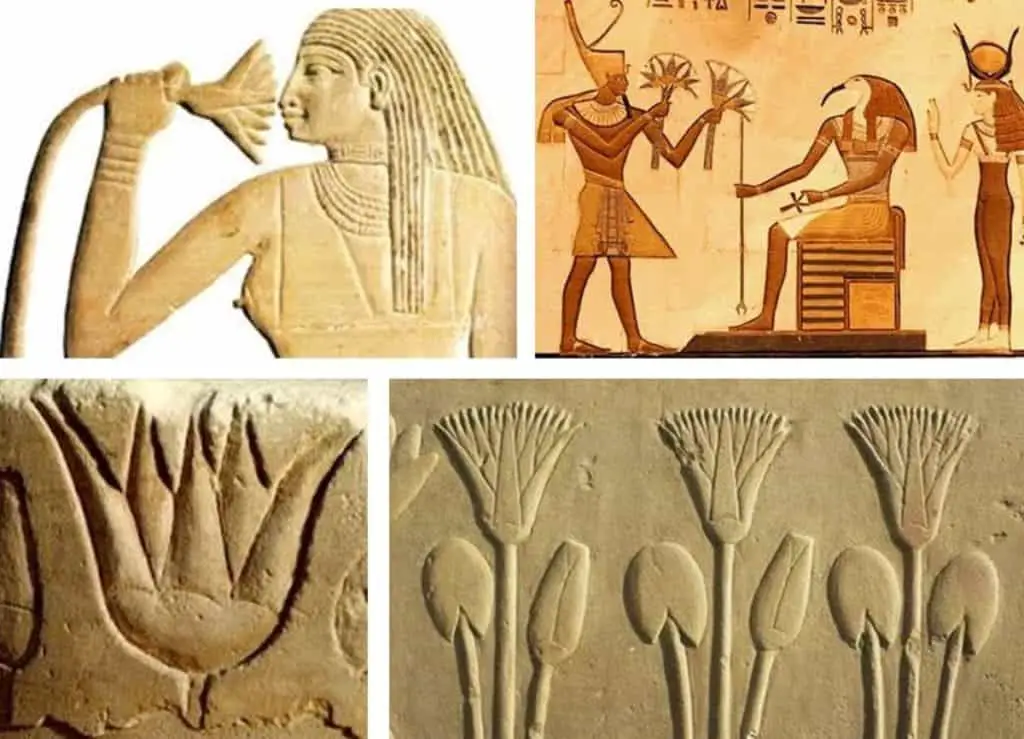
In Ancient Egypt, the hieroglyph symbol of the Lotus Flower can often be found in the “most ideal” locations, such as on pillar centers, papyrus writings, crowns of kings and queens and in ancient tombs.
For the Ancient Egyptians, this symbolized regeneration, rebirth, and creation, which was taken from the process in which the flower lived its life. It would float on the water in the daytime, shut itself in at night and reopen itself in the morning, fully coinciding with the sun’s movements.
What else did ancient Egyptians use lotus flower for ? – Did Ancient Cultures Use Psychedelics ?
Importance of The Lotus in Yoga and Meditation
These days it is common to see the Lotus Flower as the logo for yoga studios, yoga mats, wellness merchandise, advertising, and so much more due to its incredible ‘universal recognition power’ (a logo which many can spot and identify immediately)

The lotus symbol instantly tells us what kind of thoughts and beliefs are behind a brand. The perceived aim is for brands to use the lotus symbol to tell us they wants to help us become more connected, more enlightened, less burdened, and above all else, feeling nurtured and flourished (well).
Yoga and meditation aim to take you to a place of mindfulness and focus, where nothing else matters, giving you a realm to discover yourself and grow into the person you have longed to be – much like how the Lotus Flower grows.
When you look at the reasons so many people take part in ancient practices like asana yoga (postures), pranayama (breathwork), and meditation (mindfulness), coming from a yoga instructor, it makes sense that the Lotus Flower naturally becomes a symbol that works perfectly resonate and personify life keeping all of these practices in mind.
One of the main asanas (positions) in Yoga is Lotus Position, which is how a classes typically start and end. Lotus pose is the stereotypical yoga meditation pose siting cross-legged with your two hands resting on your knees, palms facing up, and your index finger touching your thumb.

Interested about other Yoga Symbols ? – Yoga Symbol Meaning: ‘Namaste’ to ‘Om’ Explained
The Lotus Flower Vs. the Water Lily – What is the difference?
If you were under the impression that the Water Lily and the Lotus Flower were the same, you wouldn’t be the first to think this is true. However, there are some subtle differences worth knowing.
While the Water Lily comes from the “”Nymphaeaceae”” family, the Lotus flower comes from the “”Nelumbonaceae”” family.
Both have a few differing features which set them apart. Firstly, the Water Lily has leaves that lay flat on the surface of the water, while the Lotus Flower will have leaves that rise tall above the surface; secondly, the Water Lilys petals are much thicker at the base and narrower at the top, while the Lotus Flower has much thinner and broader petals.
It is not uncommon for people to mix up the two, but once you notice their differences, you will forever be able to tell them apart.
The Lotus Flower in Medicine
The alluring lotus flower has many medicinal wonders, and that doesn’t surprise us since it already oozes nothing but positivity in its perceived symbolism.
Lotus is used for its medicinal properties in traditional medicine such as Ayurvedic Medicine, Chinese Medicine, and Oriental Medicine. One of the main aspects of the flower is its ability to lower blood sugar levels, stop bleeding, and help with fever.
The leaves have been known to help with hematemesis (the vomiting of blood), epistaxis (nose bleed), and hematuria (blood found in the urine), and the rhizomes are used for their anti-inflammatory and anti-diabetic properties.
Some say that mother nature has the cure for everything, and the Lotus Flower is something that not only teaches us a positive way of life but also allows us a tool for healing.
Can You Smoke Lotus Flower ?
Blue lotus flowers are known as an entheogenic drug. Entheogen’s are mind-altering substances that alter one’s consciousness in a spiritual or religious manner. Considered sacred and closely linked with Egyptian gods, the blue lotus plant was used during religious ceremonies, as well a recreational “feel good” drug.
Aside from being psychedelic, blue lotus have also been found to work on erectile dysfunction.
King Tut’s tomb was famously discovered in 1922 and contained lotus flowers themselves along with numerous lotus engraved artifacts.
The Lotus Flower in Nutrition
Many countries, specifically in Asia, consume various parts of the Lotus Flower due to its range of nutritional properties.
Lotus root tea is commonly drunk in Korea, the rhizomes of the flower are consumed as a vegetable in many Asian countries, and you can find Lotus Flower tea in Vietnam, China, and Korea.
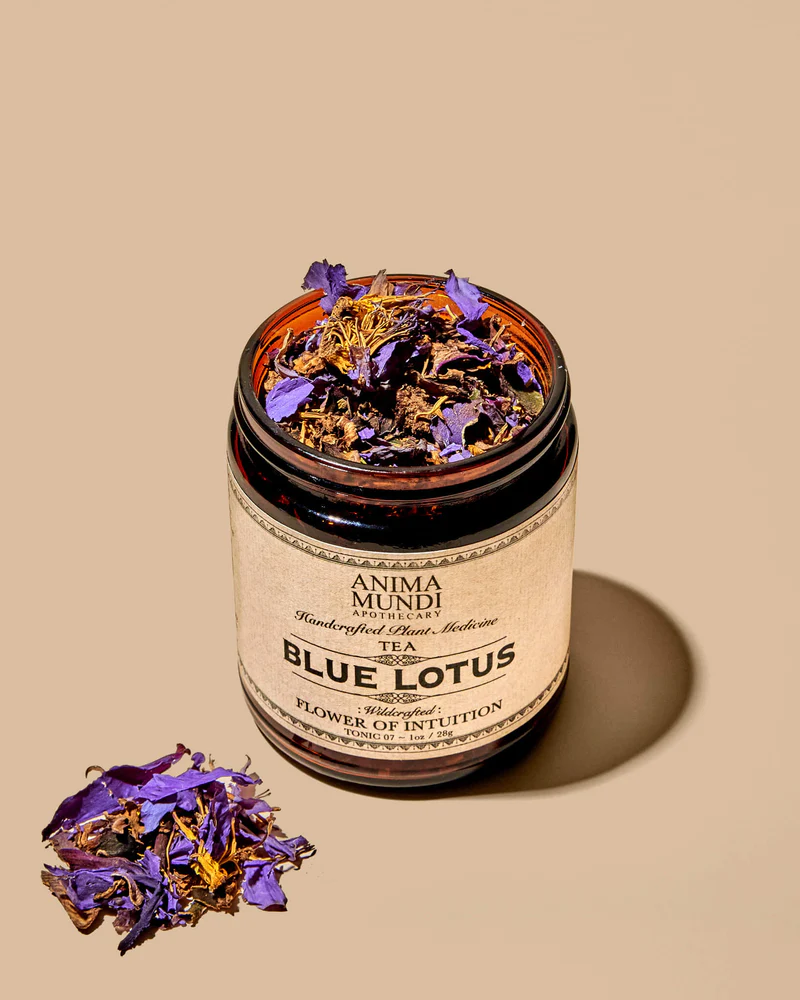
The Lotus root has an abundance of vitamins and minerals such as vitamin B1, calcium, Vitamin B7, vitamin C, phosphorus, carotene, protein, minerals, iron, and nicotinic acid, as well as fiber and fats, making it an excellent source of nutrition in the diet.
Final Thoughts: The Lotus Flower Explained
The Lotus Flower has always had a strong allure, an its a gentle reminder to us that no matter what we go through, we can always emerge more vital, with the ability to rise above it all, despite what may be going on around us.
By noticing signs of this iconic symbol, we can take it as a gentle reminder that we can practice detachment, just as the flower does, disassociating ourselves from the negativity, and instead, staying peaceful both in heart and mind.
What I’ve taken away from the lotus flower symbolism is to always be grounded, remember our roots, and continuing to grow, and to become more connected with ourselves, and our environment.
Check Out Our Other Interesting Articles About Symbolism
- The Flower of Life: Symbolism, Meaning & Origin Explored
- The Lotus Flower Meaning | Symbolism & History
- Archangel Metatron’s Cube: History, Origin & Symbolism
- The Namaste Symbol | Om Symbol Meaning | Yoga Symbols
- Tree of Life Symbol: Meaning & Origin
- The Meaning Behind The Freemason Symbol: History & Origin
- The Dharma Wheel Meaning: Origin Explained
- The Ankh (unk) Symbol: Ancient Egyptian Meaning
- Elephant Symbolism & Meaning Explained
- Scarab Beetle Symbolic Meaning | History & Origin
- Symbolism, Meaning, and Origin of The Serpent
- What Are Sacred Geometry Symbols & Meanings
- What Is The Egyptian Eye Of Ra ? Symbolism Explained
- The Eye of Horus vs. The Eye of Ra | Meaning
- What’s Your Third Eye? How To Open It ?
Loved what you read?
Hit that share button and let the world in on the secret – we’d be thrilled!
Got thoughts? We’re all ears for your feedback, corrections, or a good old chat. Don’t be shy; drop us a line.
And hey, don’t miss out on our curated list of must-reads in the recommended books section.
Big thanks for diving in with us today!


